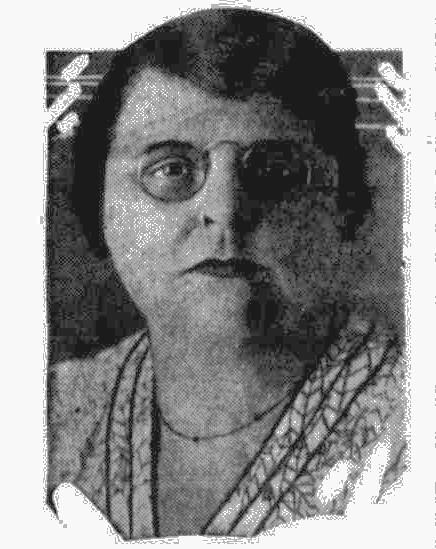I’ve got some news that I’ve been bursting to share with you. My passion is helping people navigate their family history, uncovering the extraordinary stories that have shaped their lineage. I’m offering you a unique opportunity to connect with the soldiers nicknamed the Rats of Tobruk through the war diary of my Great Uncle Captain Oscar Geoffrey Buring of the 2/43rd Battalion AIF. This diary provides a firsthand account of the experiences, triumphs, and challenges faced by these soldiers during the tumultuous days of World War II.
The diary is more than just a historical document; it’s a treasure trove of memories, filled with tales of camaraderie, moments of hardship, and glimpses of hope. It offers a rare insight into the lives of those who served in the blistering sands of Tobruk.
Now, if you believe your relative or ancestor was among the courageous soldiers mentioned in the war diary, you have the chance to learn more about their experiences. My mission is to assist you in finding the relevant excerpts that pertain to your loved one’s service during this critical period in history.
Here’s how it works:
Explore the Names: Take a look through the list of soldier’s names mentioned in the diary. Each one of these soldiers of the Rats of Tobruk deserves to be remembered and celebrated for their selfless dedication.
Reach Out to Me: If you find a name, get in touch with me through the provided contact form. Share the name and any additional details you may have about your relative or ancestor’s service.
Uncover Their Story: Once I receive your inquiry, I will diligently search the war diary for the relevant excerpt featuring your loved one. Upon discovery, I will freely share this invaluable piece of history with you.
I’m incredibly grateful to my cousins Margaret Rowley and Anne Woolford for allowing the use of their father’s diary for this service. Their generosity enables me to help you uncover your family’s military history and honor the memory of these soldiers.
As always, I’m here to assist you in your genealogical journey and help you uncover the stories that make your family history unique.









